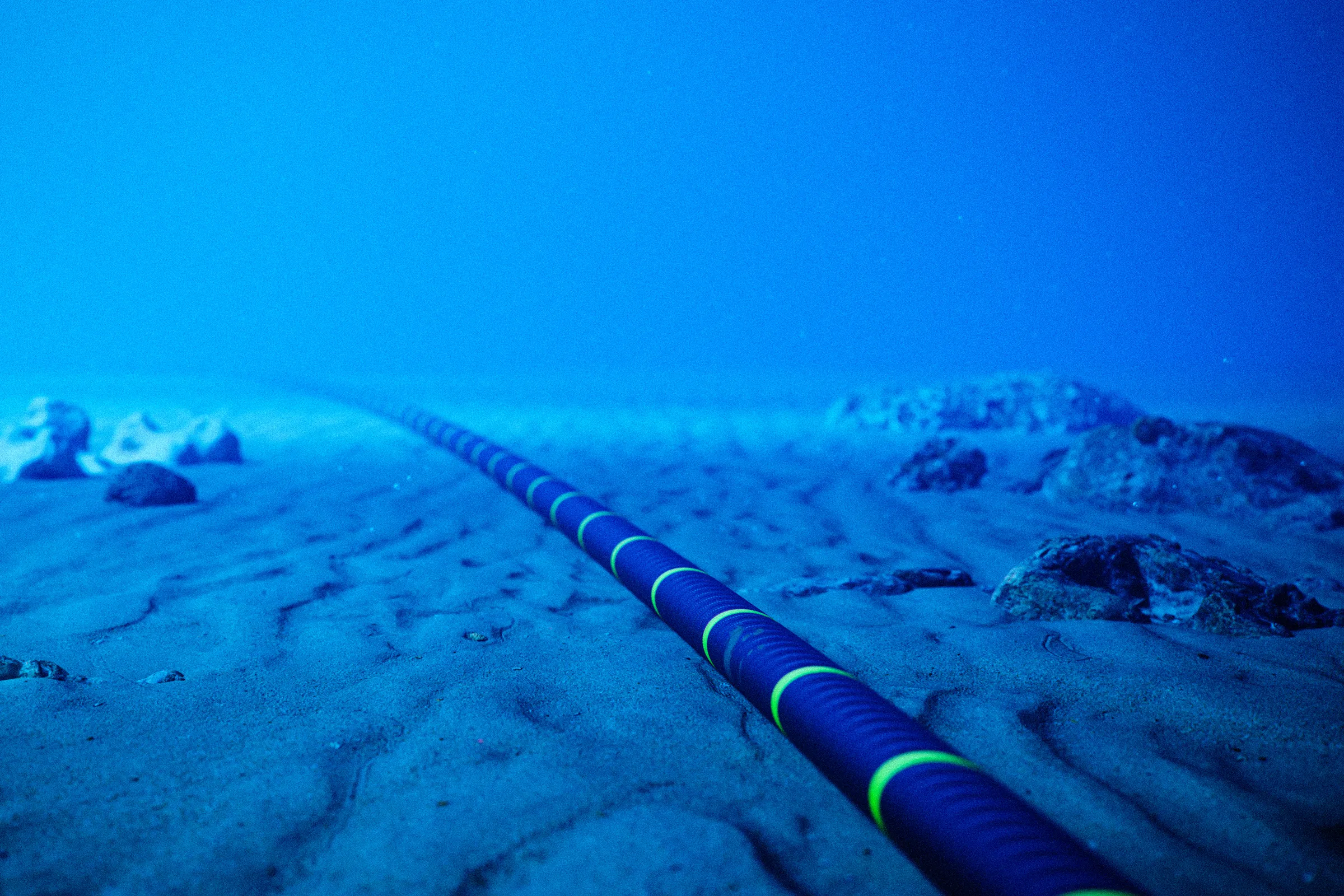How Fiber Optic Systems Are Revolutionizing Marine Biology

Fiber optic technology is transforming marine biology research by enabling real-time monitoring of underwater ecosystems. Through the deployment of fiber optic cables in underwater sensors and cameras, scientists are gaining unparalleled insights into the ocean’s hidden depths, allowing them to observe marine environments and species in ways that were previously impossible.
One of the key advantages of fiber optics in this field is the ability to transmit vast amounts of data instantly over long distances, with minimal signal degradation. This capability supports the use of high-resolution cameras and sensors that continuously monitor oceanic conditions such as temperature, salinity, and pH levels. Researchers can now access real-time data from the ocean floor, providing a live feed of changes and events happening in underwater habitats.
Fiber optic systems are particularly important in deep-sea exploration, where traditional communication methods are limited. These cables connect remotely operated vehicles (ROVs) and autonomous underwater vehicles (AUVs) to research stations on land, allowing for the transmission of high-quality video and sensor data from extreme ocean depths. This has opened new possibilities for studying deep-sea environments, offering a clearer understanding of ecosystems that were previously inaccessible.
In addition to exploration, fiber optics play a crucial role in monitoring marine wildlife and their habitats. Fiber optic cameras, installed in sensitive areas such as coral reefs and kelp forests, allow for continuous, non-invasive observation of marine life. This constant stream of data helps researchers track the health of ecosystems, the behavior of species, and interactions within the marine environment, all without disturbing the natural habitat.
The use of fiber optics is also contributing to research on climate change and its effects on the oceans. By providing real-time monitoring of water chemistry and temperature changes, these systems help scientists understand the impact of environmental shifts on marine ecosystems. The data collected is essential for studying phenomena like coral bleaching, shifts in species distribution, and the response of marine life to changing conditions.
Fiber optic technology is proving to be a game-changer in the field of marine biology. As the technology continues to evolve, it will further enhance researchers' ability to study and protect the world’s oceans, offering deeper insights into the complexities of underwater ecosystems and contributing to the global effort to address environmental challenges.